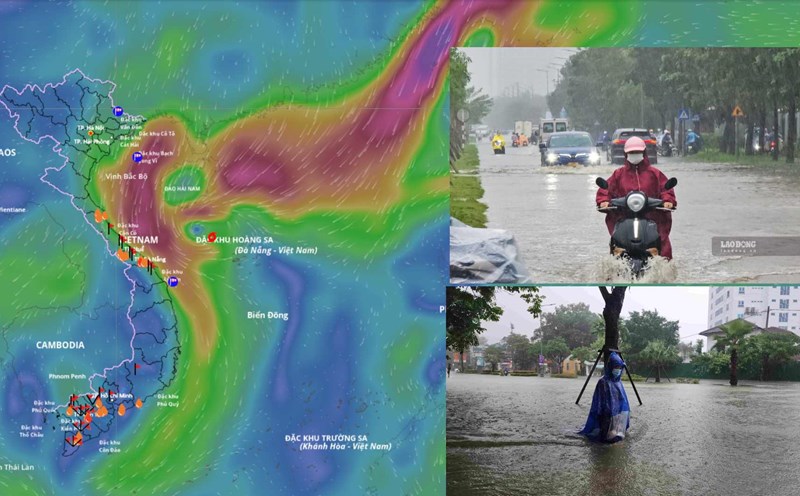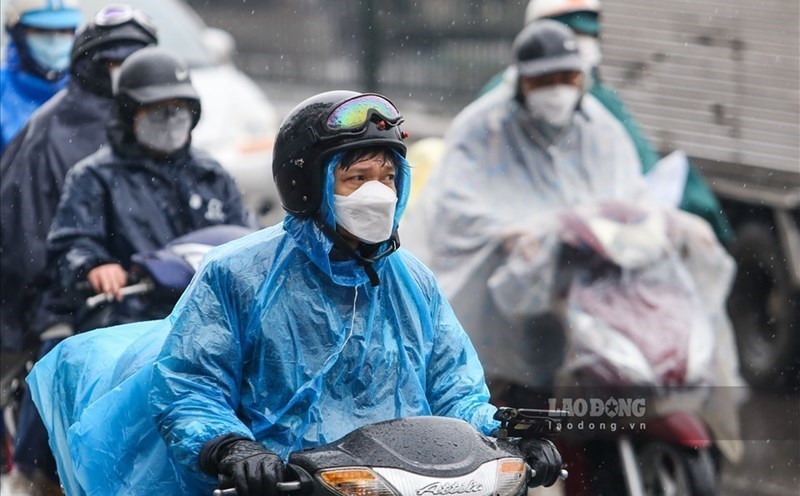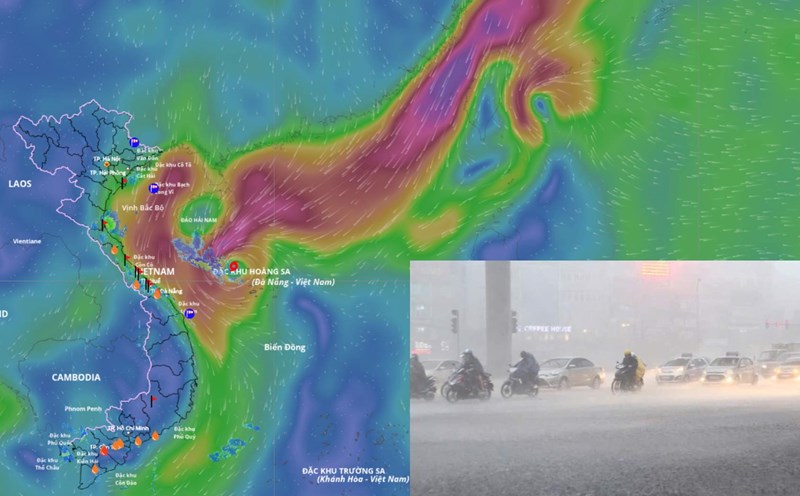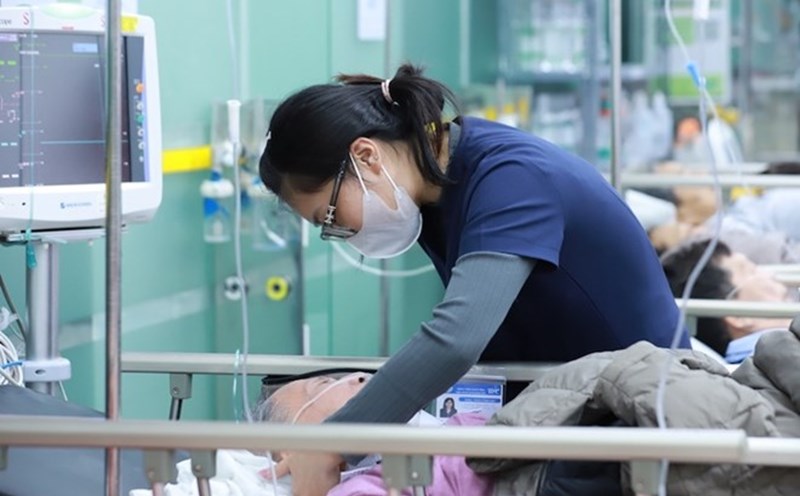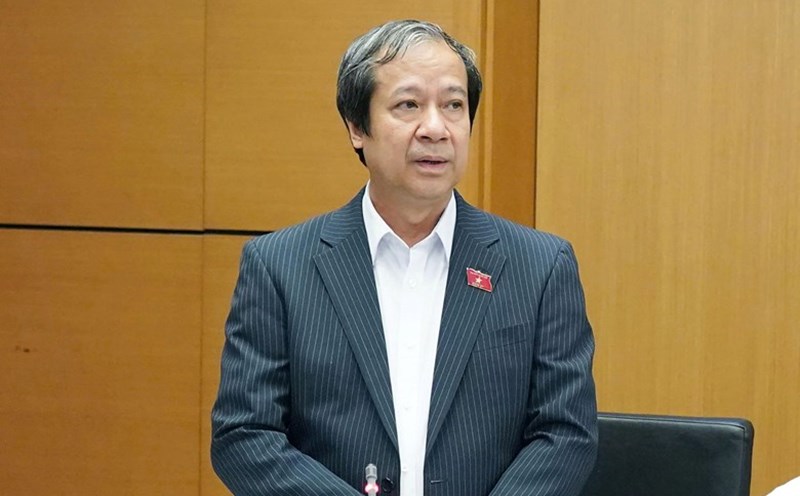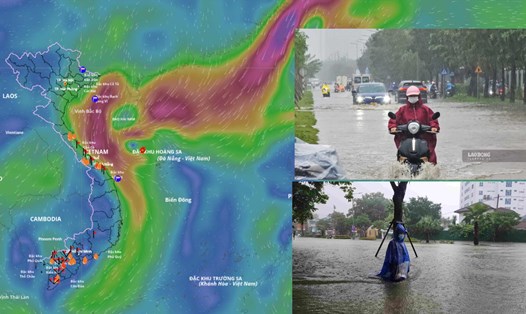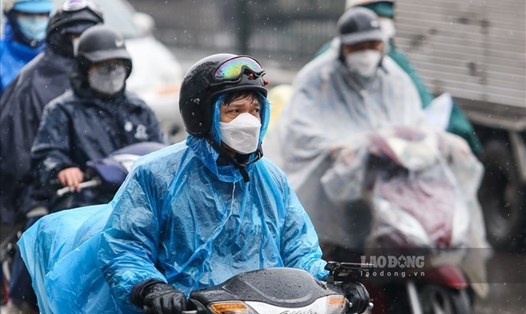According to the National Center for Hydro-Meteorological Forecasting (KTTV), the temperature on October 22 in the North will decrease slightly compared to the previous day, the night and morning will be cold, and some mountainous areas will be cold. The lowest temperature in this cold air mass in the Northern Delta and Thanh Hoa is 19 - 22 degrees Celsius, in the mountainous and midland areas of the North is 17-19 degrees Celsius, in the high mountains, some places are below 16 degrees Celsius.
From the night of October 21, Hanoi will start to turn cold, with temperatures ranging from 21 - 23 degrees. By the morning of October 22, the lowest temperature may drop to 20 - 22 degrees Celsius, the highest is 25 - 27 degrees Celsius.
Although it is still sunny, accompanied by a drop in temperature and strong winds, the air is more comfortable than in previous days. Many people on the street have equipped themselves with jackets to gradually adapt to the cold air.
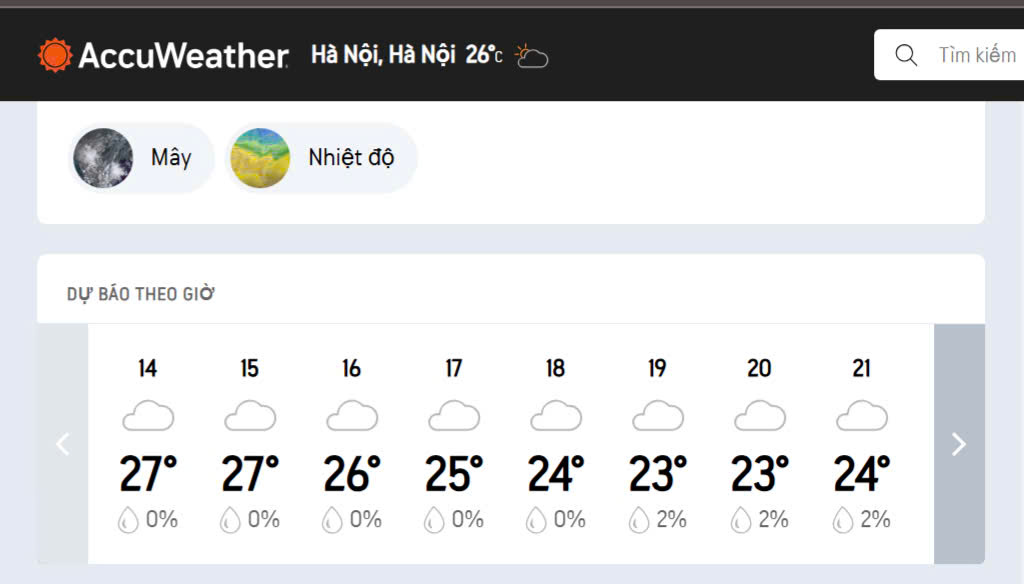
Compared to last year, this year the cold air flooded into the capital earlier. Nguyen Quynh (19 years old, Hanoi) was quite surprised by the change in weather: "Today's weather is cold, true to the definition of Hanoi's autumn that many people are looking forward to. Maybe this is pleasant weather for many people, but because I am a person who is easily sick when the weather changes, I like warmer days.
To prepare for the cold front, Quynh added that she had prepared warm clothes such as sweaters, jackets, underwear or hats, gloves...
Khanh Linh (20 years old, Hanoi) also clearly felt the cold air when she had signs of a runny nose and noises when she woke up this morning.
In addition, during the move, the strong winds made it a bit difficult for me to move. However, I think this is a rather ideal, pleasant weather for working, living, and playing effectively, Khanh Linh added.
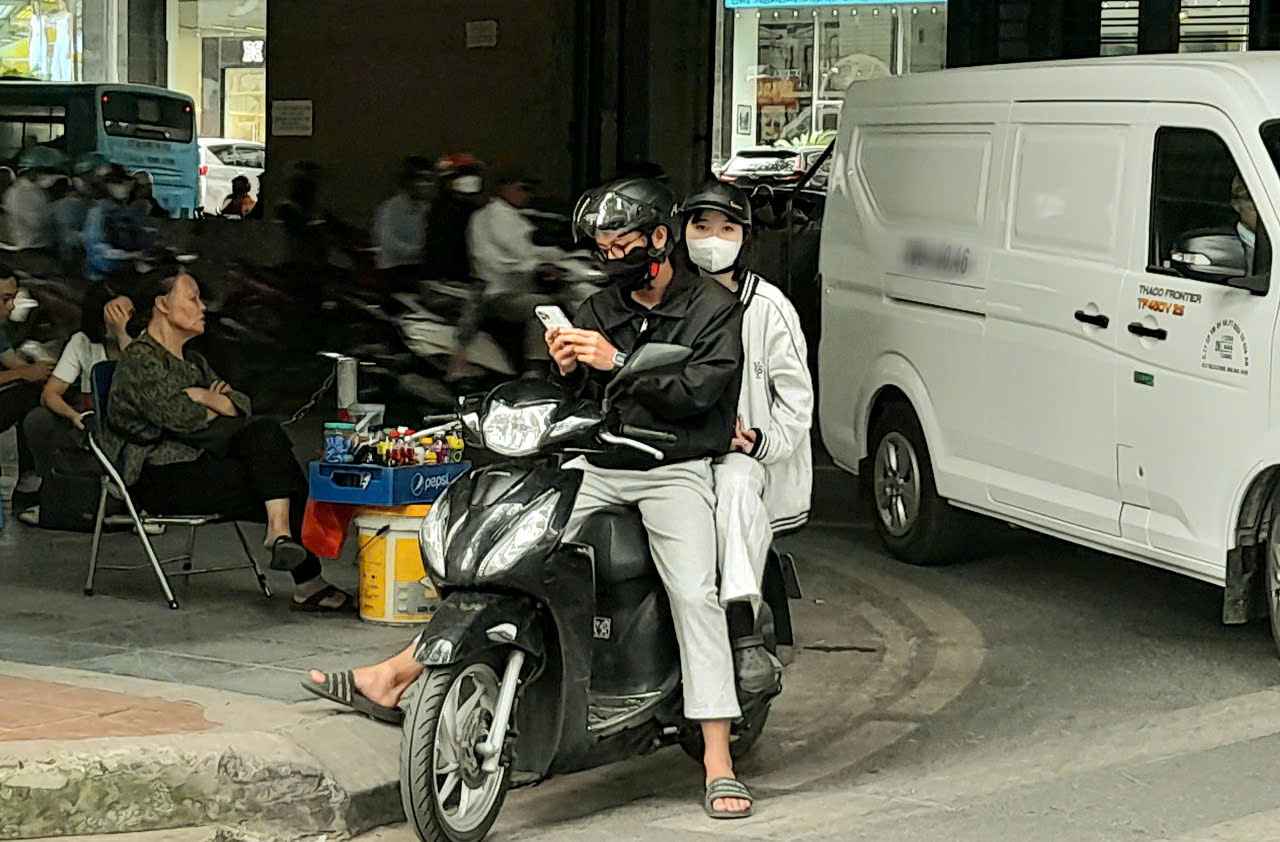
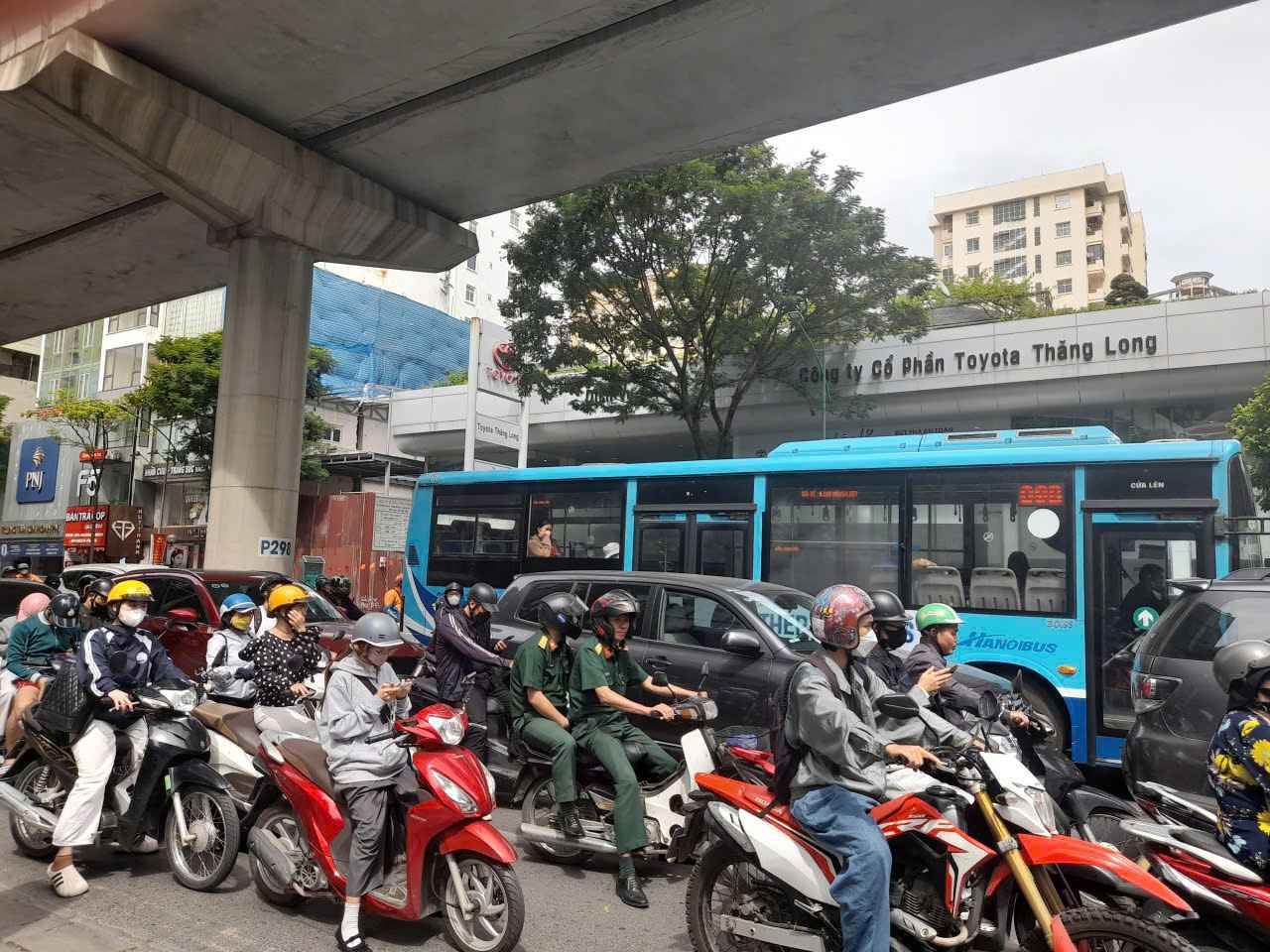
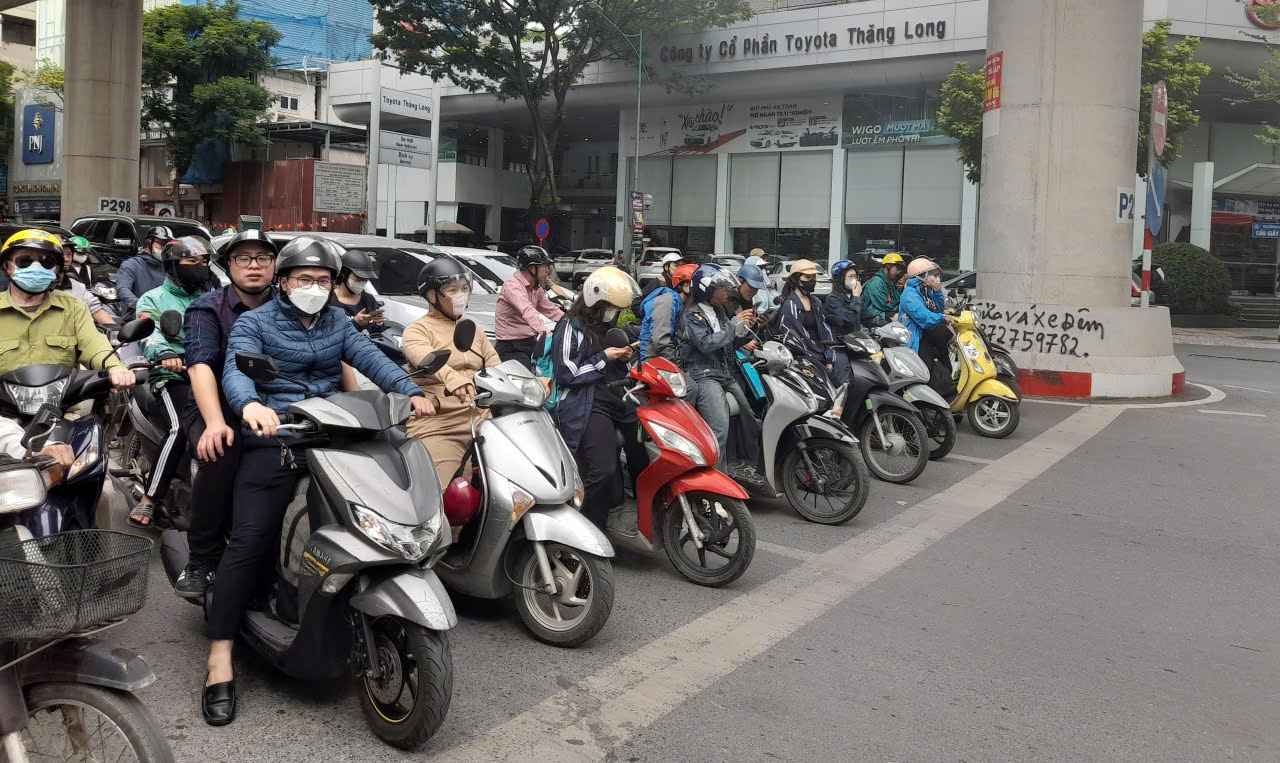
According to the National Center for Hydro-Meteorological Forecasting, the cold air will decrease the most from December 2025 to January 2026. People and local authorities need to regularly update weather forecasts, proactively deploy preventive measures, and respond to the risk of natural disasters due to heavy rain, strong winds, and early cold.
According to the Ministry of Health, in the cold season, people may encounter some common health problems such as colds, asthma, sore throat, pneumonia, chronic obstructive pulmonary disease, flu, stroke, carbon carbon toxicity due to heating, cooking...
The main causes are prolonged exposure or working in cold environments or sudden changes in environmental temperatures.
Some high-risk subjects include: the elderly, children and pregnant women, people working outdoors or in cold environments, cold winds, lack of sunlight, people with chronic diseases such as high blood pressure, asthma, cardiovascular disease, musculoskeletal disease, etc.

